As the solar industry has matured, photovoltaic (PV) power has evolved beyond a scattering of simple panels to complex commercial and utility-scale installations with thousands of components, all with complex electrical and physical infrastructure needs.
Despite the increase in complexity, the International Renewable Energy Agency (IRENA) reports that the levelized cost of utility-scale solar energy dropped 82 percent between 2010 and 2019. More than 90% of that drop is due to a focus on developing cheaper to produce, more efficient modules and inverters.
But now, as cost savings from PV module and inverter innovations continue to diminish, the industry is paying increasing attention to balance of system (BOS) and the potential cost and efficiency savings hidden within. BOS encompasses everything from batteries and storage to monitoring systems and labor costs but underlying it all is an installation’s physical and electrical infrastructure.
Over the past decade, Panduit has partnered with EPCs and solar installers on PV installations totaling more than 5GW of capacity. As such, we’ve accumulated considerable expertise on how to get the most out of a solar project’s physical infrastructure.
- Simplify sourcing by partnering with a supplier with a wide portfolio of products. This is about more than saving time spent sourcing. A company may specialize in one type of component or application, but if those parts don’t work together with the other components in your system, it won’t matter how well the individual component performs. This is especially important—and risky—when it comes to electrical infrastructure. Unprotected, improperly connected, or incompatible connectors are an increasingly common source of PV panel failure and fires. The increasing use of module-level power electronic (MLPE)-based systems is only adding to the number of connection points in an average installation. Despite intermating of connectors being prohibited by the NEC, the practice remains common, partly due to a flood of generic connectors being marketed as “inter-compatible” with those of major manufacturers. Connectors may look the same, but without an accepted standard, the only way to ensure compatibility is manufacturer certification. Panduit’s combination of engineering and manufacturing expertise means our portfolio of renewable energy solutions is both broad and deep. We can cover up to 75 percent of a typical PV installation’s electrical BOS.
- Consider installation time when calculating the true cost of components. Nowhere is this illustrated more clearly than in cable management. General-use cable ties are common in many installations due to their affordability. But that doesn’t take into account the labor required to install them, or the cost of replacing them if they deteriorate. In commercial and utility-scale projects with hundreds or thousands of panels, application-specific components that can shave a few seconds off the installation time of each panel can result in significant savings on labor costs. There are also cable installation challenges that come with trackers and newer bifacial module technology. Bifacial PV panels can produce up to nine percent more energy than a traditional panel, but obstructions between the ground and the panel, such as loosely hung cables, get in the way of this additional capacity. Cables are often routed instead along the tracker axis by drilling holes to secure clips, clamps, or ties. However, this practice adds to installation time and compromises the integrity of the axis itself. In response to these challenges, Panduit’s cable clips are designed from UV-resistant nylon and engineered for quick installation. We offer clips developed specifically to keep cables secured tightly along the edge of bifacial panels or along the tracker axis without the need to drill. Both solutions help reduce wasted cable length and minimize blockage of valuable panel area.
- Use components that meet IEC 61215 for weather resistance. High maintenance costs can have a measurable impact on the profitability of a solar project. The IEC 61215 standard outlines testing requirements for PV modules and components to ensure they can withstand the harsh environmental conditions that can lead to broken connections, hot spots, ground faults, and other premature field failures. Panduit conducts extensive outdoor testing as part of our product development process to ensure our solutions perform under conditions that include high wind, high vibration, intense UV exposure, extreme temperatures, and corrosive atmospheres.
- Consider using cable trays. On solar farms, cable trays are less labor-intensive to install, less costly to maintain, and easier to inspect than trenched conduit. For commercial rooftop applications, cable trays are a more secure alternative than stringing cable along the tracker where it is more susceptible to damage. Cable trays also offer more design flexibility, but as project voltages increase, the main benefit properly installed cable trays and cable cleats can provide is increased protection for equipment and personnel. In order to ensure cable cleats can withstand harsh environmental conditions and potential ground faults, they must meet IEC 61914:2015 standards. More stringent than NEC guidelines, IEC 61914:2015 sets requirements for resistance to electromechanical forces as well as temperature rating, corrosion, and UV resistance.
Panduit’s dedicated capital projects team supports projects from beginning to end, including designing and engineering custom solutions to address specific application challenges.
Learn more about Panduit’s renewable energy capabilities.
Download our Comprehensive Solar Energy Solutions here.
Katie Kmiecik.
Katie Kmiecik is the Global Integrated Marketing Manager for the Industrial Electrical Infrastructure business at Panduit. In this role, she is responsible for developing and managing global marketing strategies for Alternative Energy Campaign. Katie has a Bachelor of Arts in Marketing Communications from Purdue University.












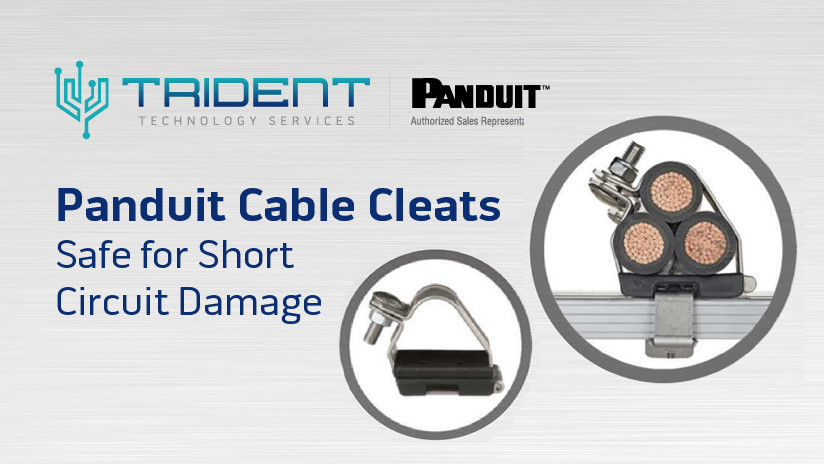
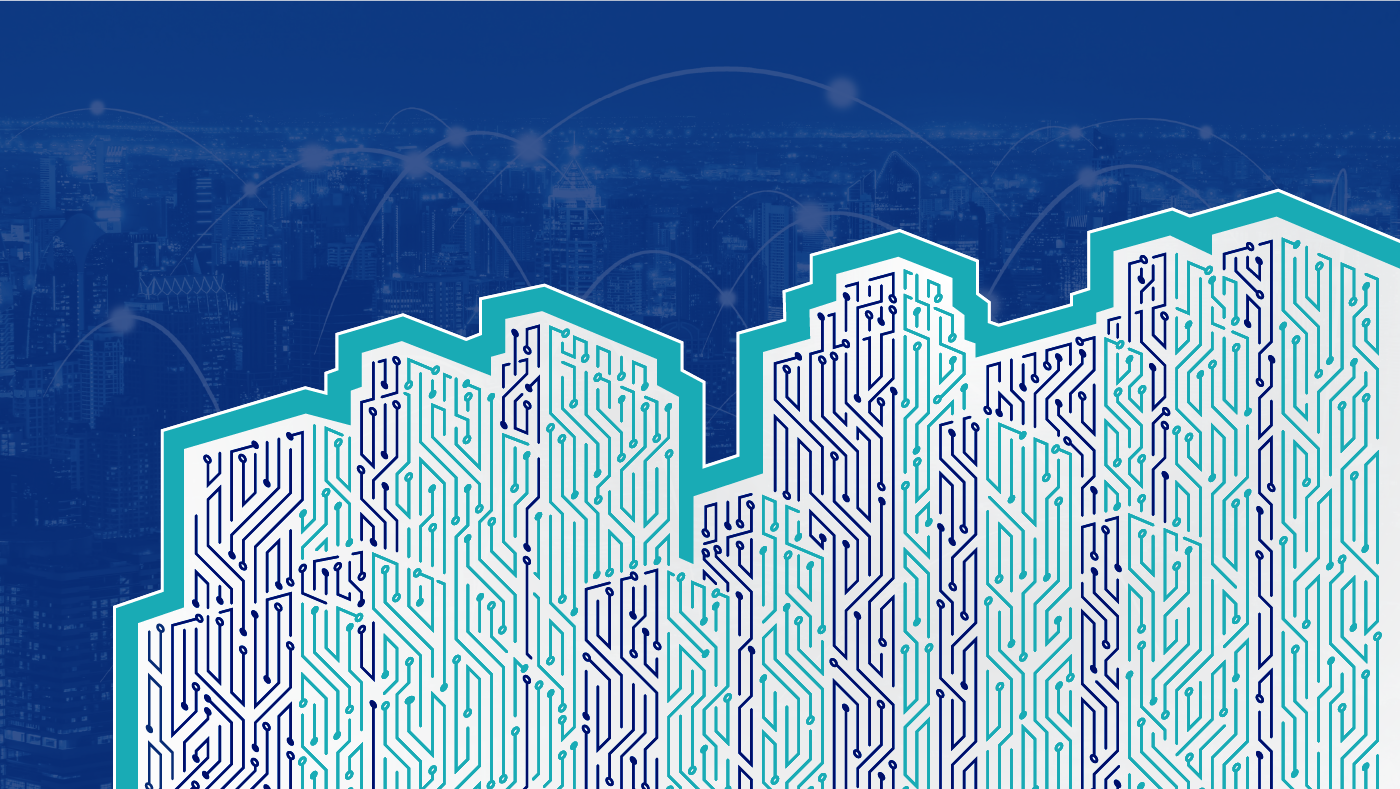
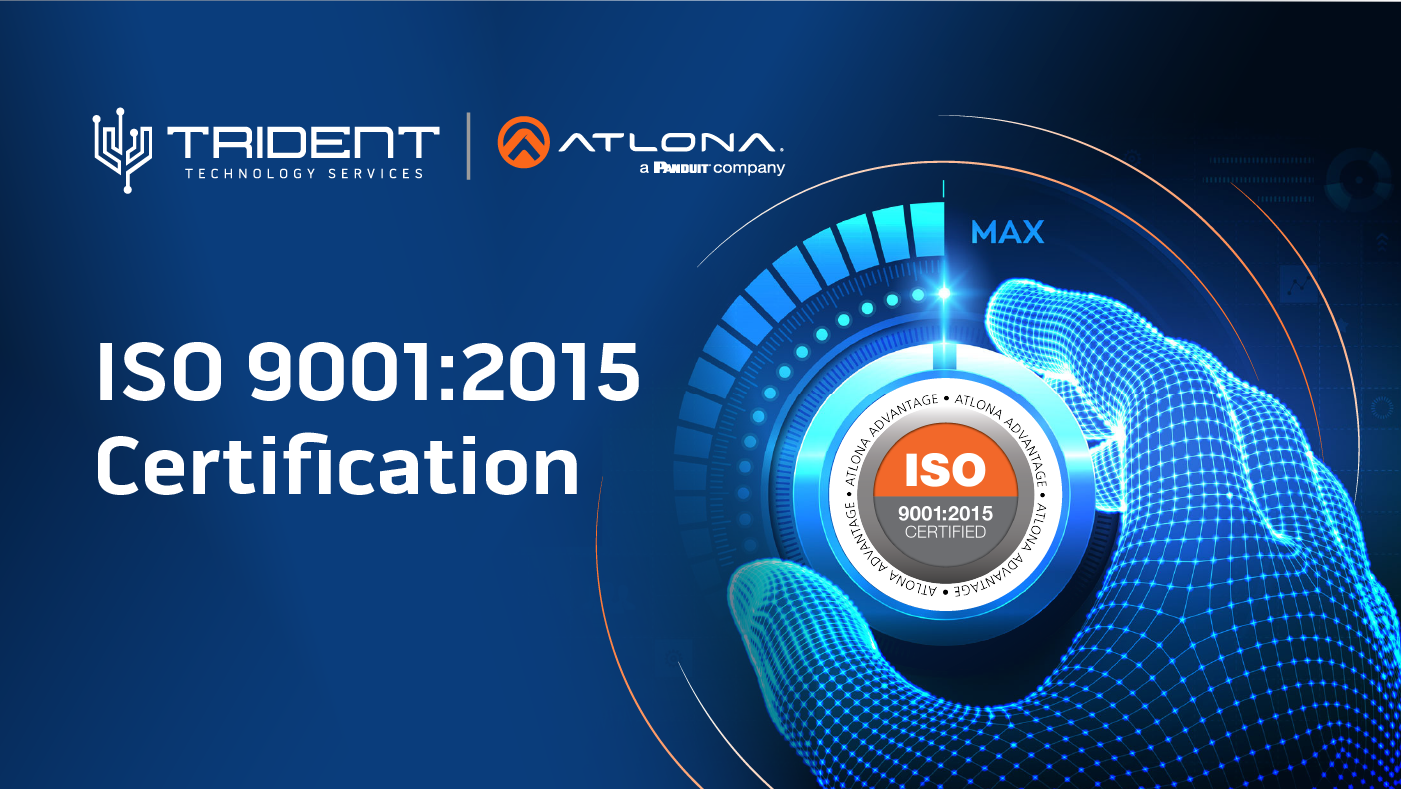
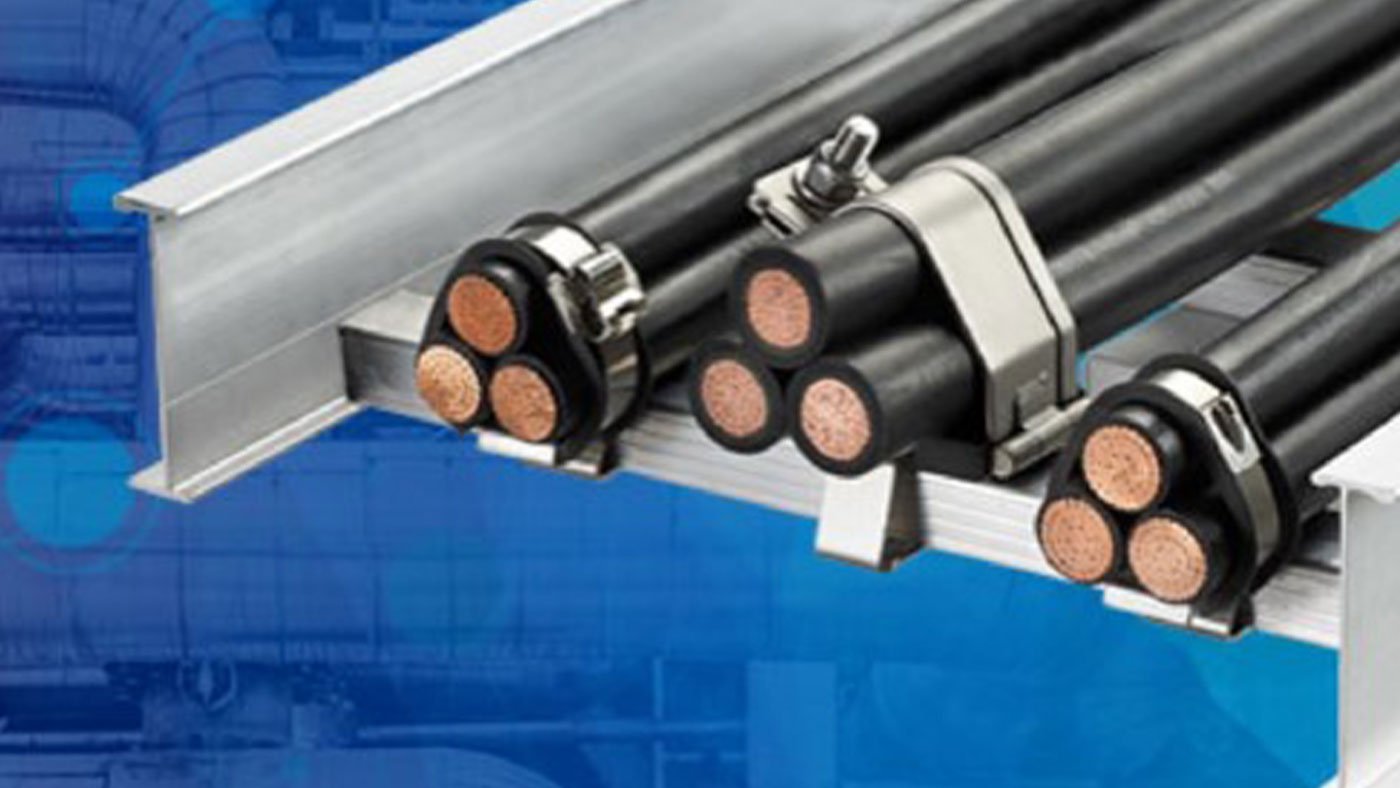
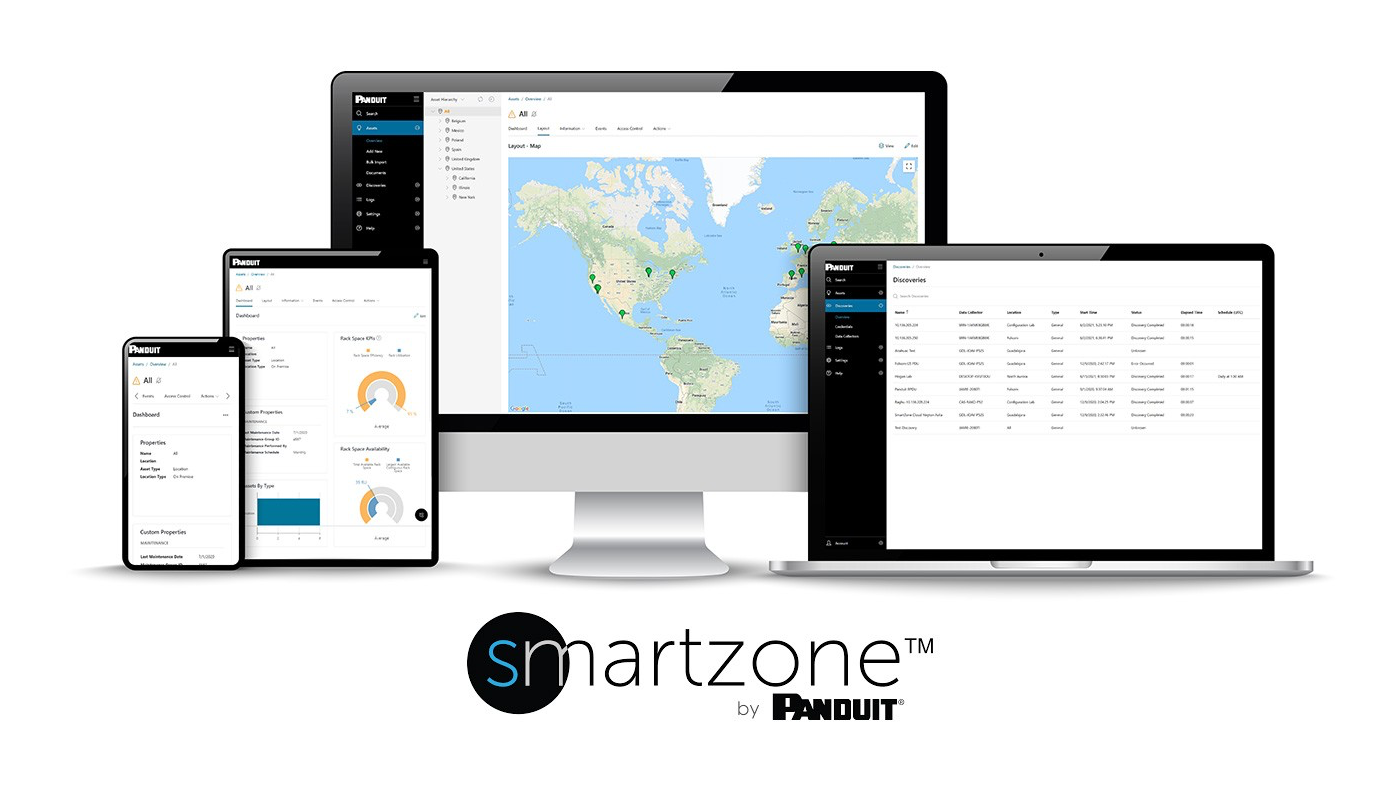


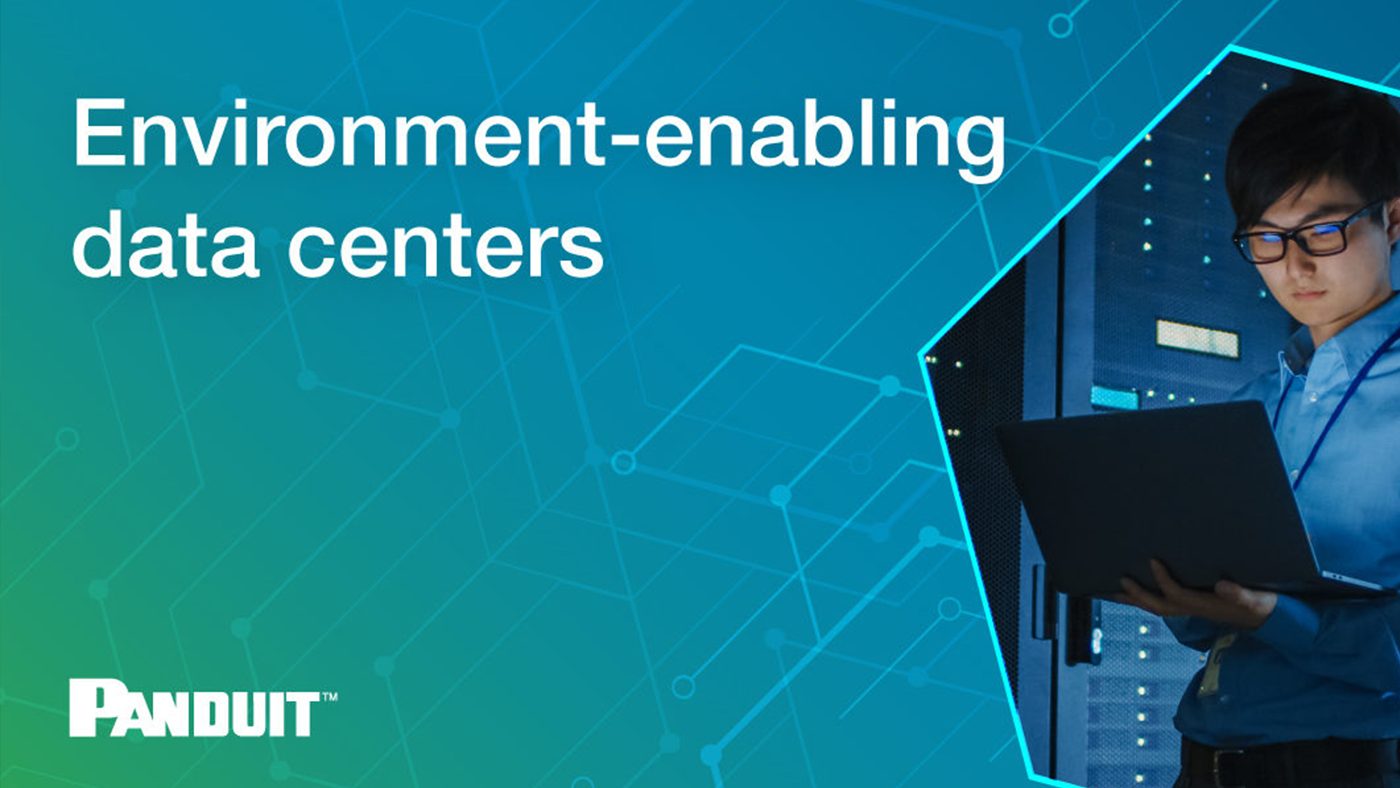
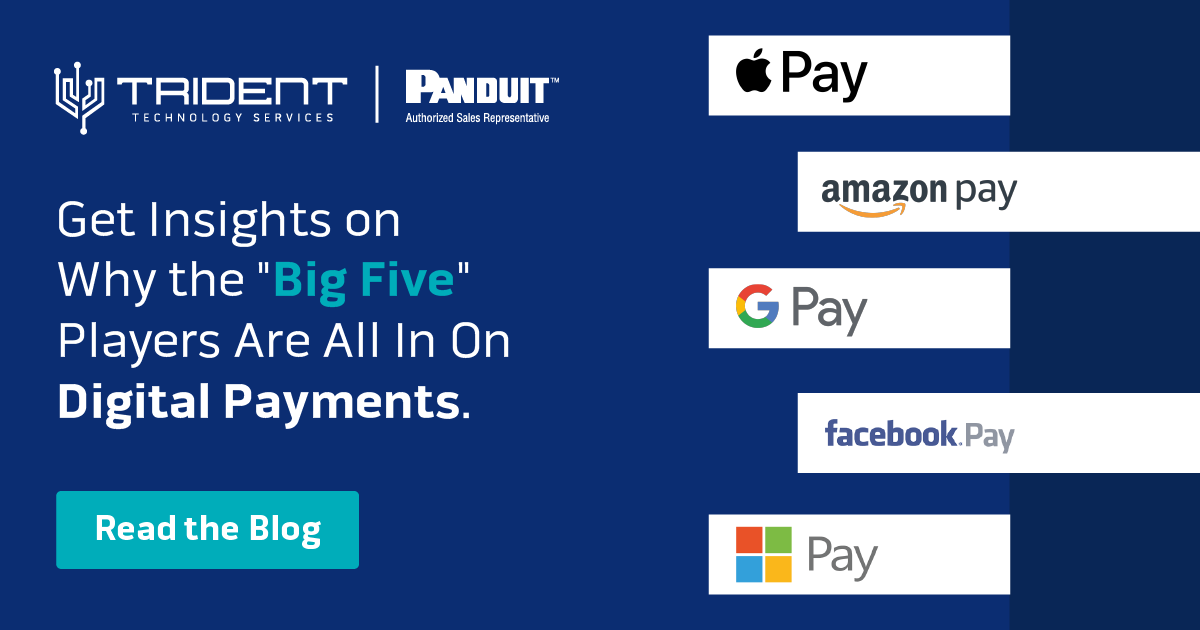





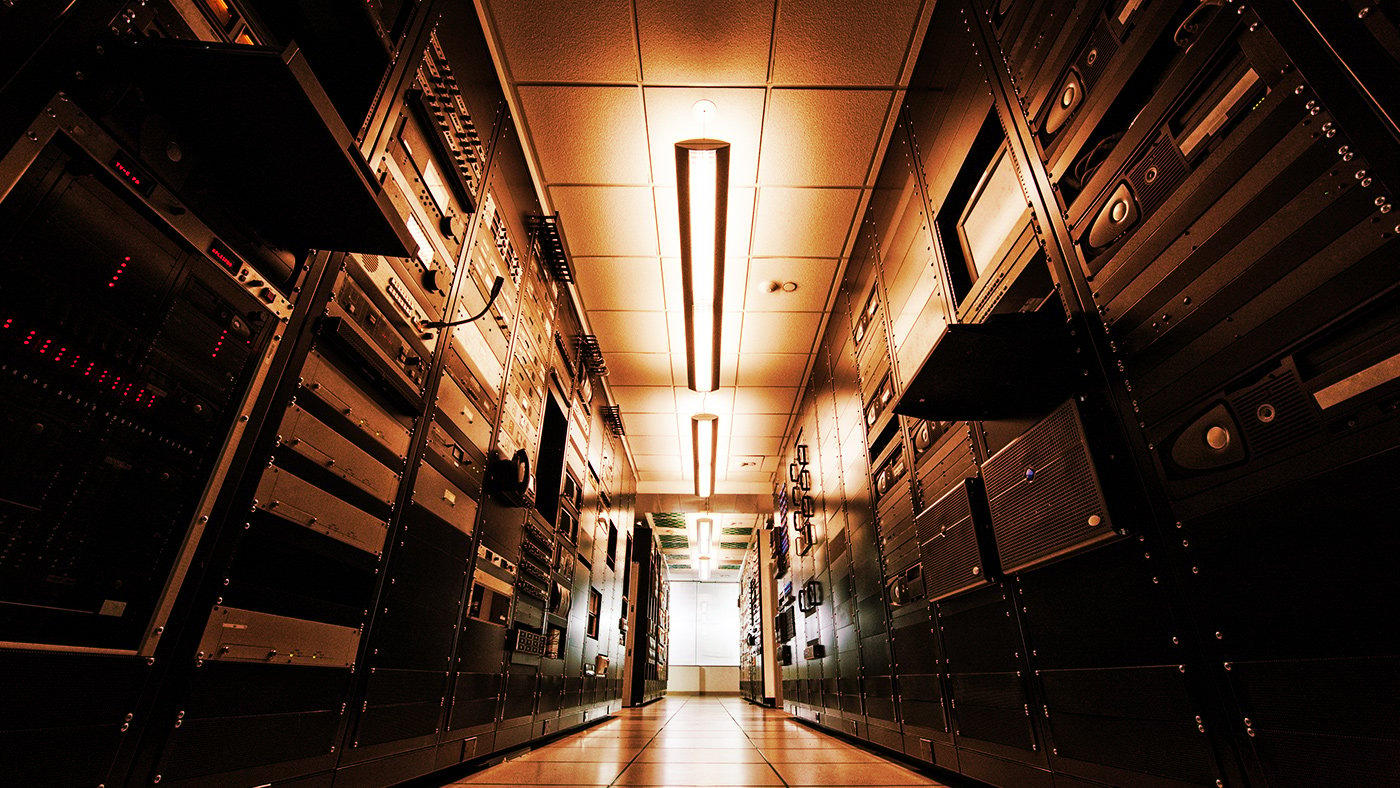






 Back
Back